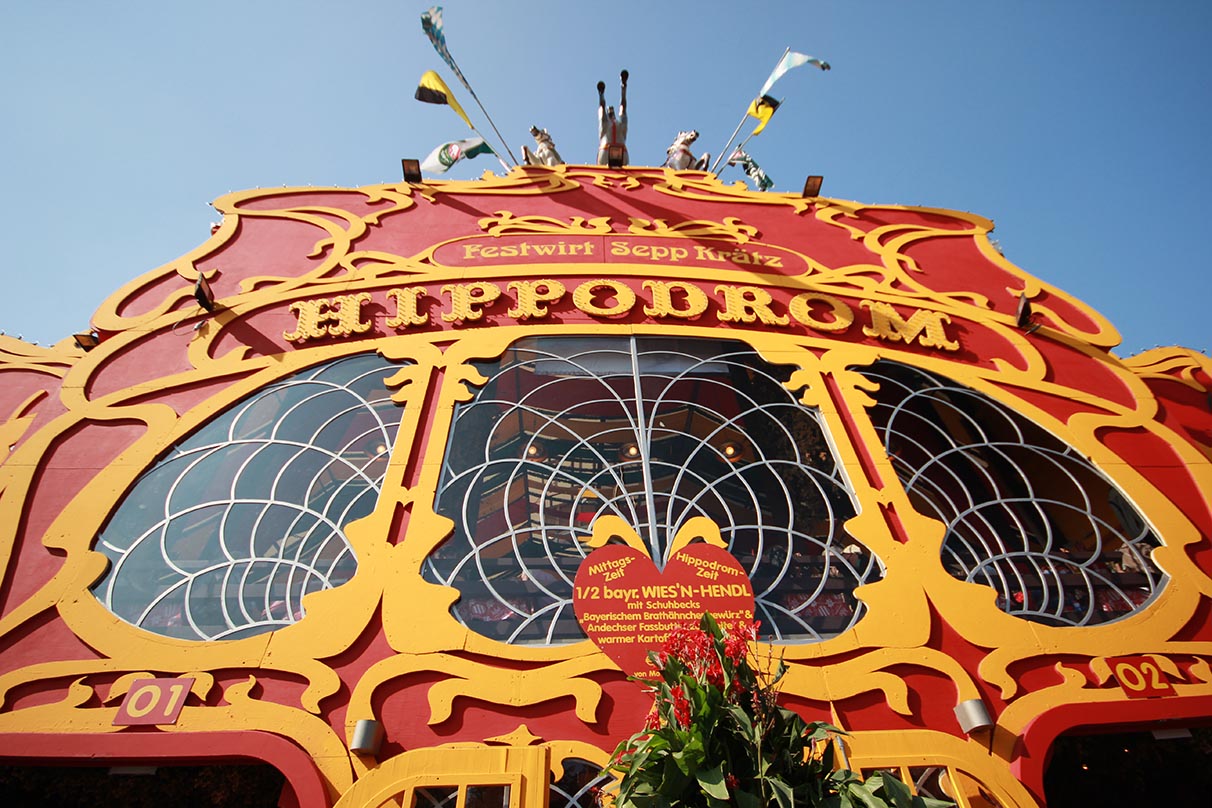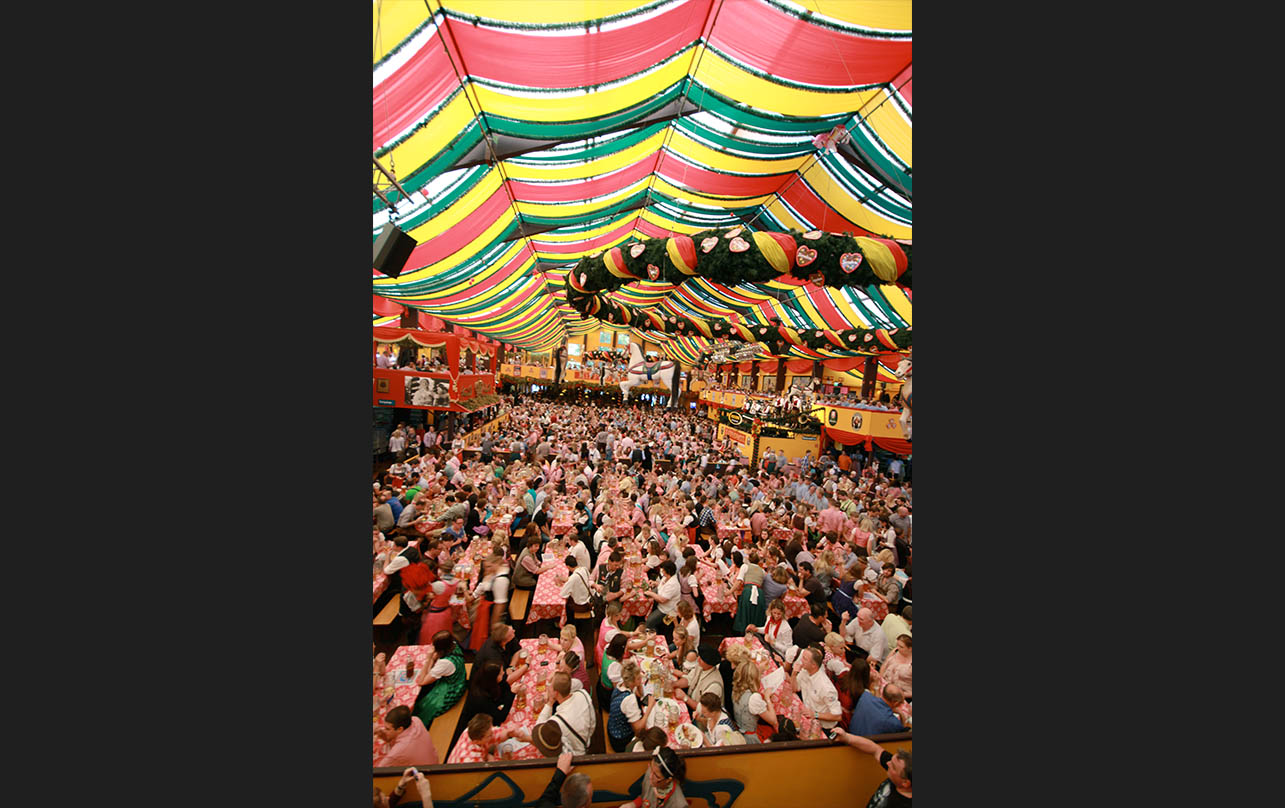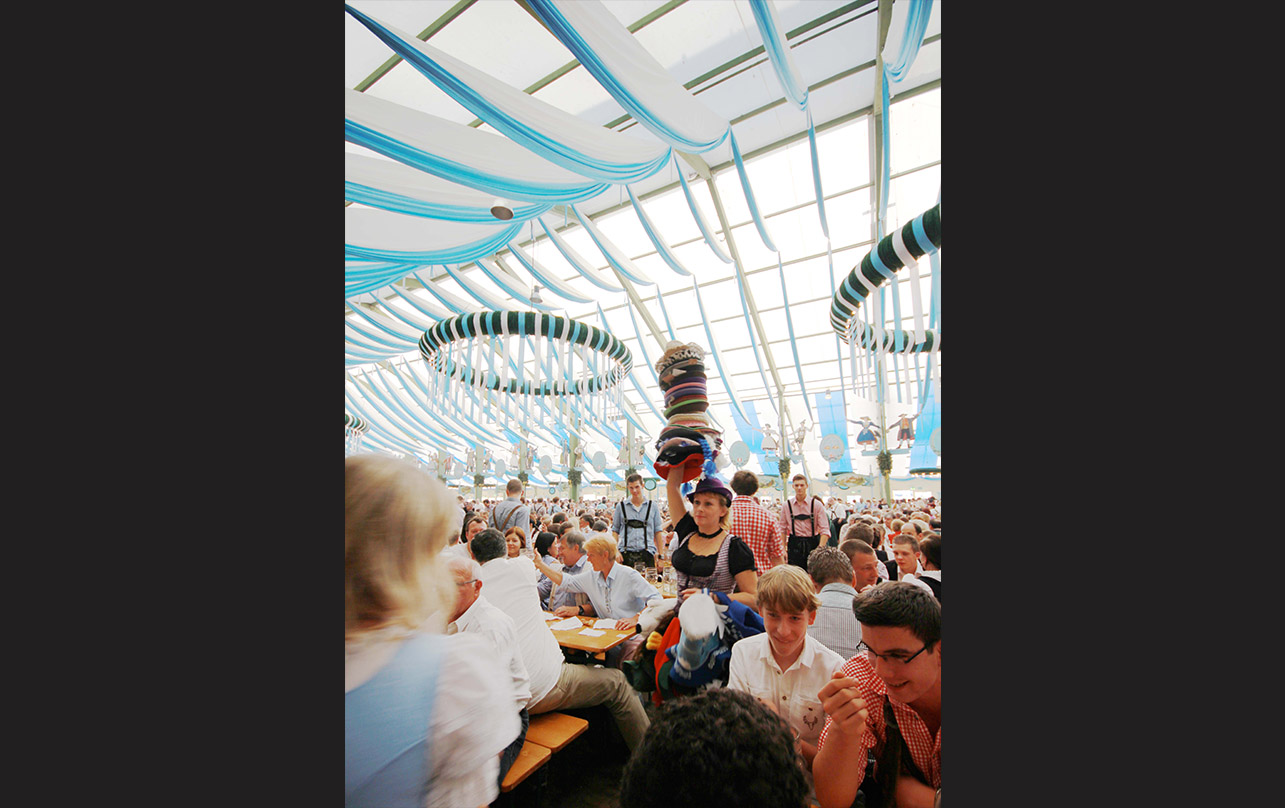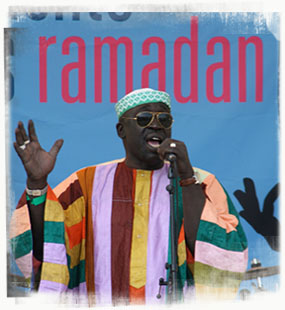

Oktoberfest isn’t German. It’s Bavarian.
That that distinction is an important one was obvious when we first arrived in Berlin and I casually asked our new friends about the beer festival.
Not a single one of them had ever been to one. In fact, several turned up their noses at it.
I was quickly impressed upon that Oktoberfest was a small, localised celebration in the grand scheme of German life, a sometimes embarrassing cliché that was synonymous with Germany only outside of Germany.
In the first place, Germans drink beer like water anyway. Germany is a top-five consumer of the beverage per capita globally.
In restaurants, beer is often cheaper than bottled water. I still can’t get used to how bottled water is sometimes served in wine glasses. In fact, tap water in Berlin is of a higher quality than some bottled water brands.
But I digress.
Basically, it is easy to understand how a festival whose point it is to dress up and drink beer until one gets drunk, can be considered pointless.
The bigger issue that Germans have with Oktoberfest, though, is that it is from the southern state of Bavaria. Bavarians are proud of their traditions, from castles to costumes and festivals – which makes other Germans wince.
An exercise in comparing German accents revealed something of this attitude towards Bavaria (everyone – Bavarians including – used the accent as a yardstick for the furthest thing to what good German should sound like).
And so, Oktoberfest was pushed into the background.
Then my tandem partner, who hails from Bavaria, invited me to visit Munich and, as part of that trip, pop in to see the festival.
Truth to tell, neither Romy nor her partner, Alvin, had been to Oktoberfest for years, but they thought it would be fun for us to see it. And I thought it would be fun to go with locals.
So we decided on ‘Italian week’, the last weekend of the 17-day-long festival which is always the first October weekend.
This was when southern Europeans for some reason, choose to go in large numbers to the festival. Even their cops would show up, all the better to control any unruly non-Deutsch-speaking citizens.
Munich is a great city and a popular tourist destination anyway, but the combination of it being Oktoberfest, a long weekend and the weather being absolutely gorgeous colluded to make it supremely crowded.
The streets were congested, the shops were packed, the cafes’ sidewalk tables spilled over into the large squares and every seat was occupied. Just people, people, people everywhere. I was a little shell-shocked.
Added to that was the fact that it was all about the dirndls and lederhosen. Everyone was dressed in them. And I mean everyone.
I felt like I was in a period-costume party in which the whole city was complicit.
My first sight of these Bavarian outfits was on the train heading to the city centre. They were donned by a young man and a young woman with a nonchalance and even world-weariness of the urban young. The disjuncture between their attitudes and outfits made me stare.
Then, as Romy promised, street level was occupied by bodies in every imaginable cut, colour and style of these outfits. Old and young, local and outsider, in cool sunglasses, talking on handphones, carrying shopping bags, having a fag, singing loudly and dancing to a car radio turned up high.
There was a distinction between the ones who were used to wearing these outfits and the ones who were not. The latter comprised tourists and teenage girls who would pluck at their outfits, hold their skirts modestly whilst going up or down an escalator to prevent too much from being glimpsed, or assume self-conscious gaits.
Romy and Alvin confirmed that Bavarians wore their outfits even on a regular weekend. And in the countryside, it was normal to do so on a Sunday, as we saw with our own eyes.
However, Oktoberfest brought this to a whole different level.
Romy also said the wearing of these traditional outfits during the festival became de rigeur only about four to five years previously, in the mid-noughties, and the variety of fashions had become astounding. That year, green dirndls were apparently the ‘in’ colour.
Certainly, all the stores, not just the speciality clothing or souvenir shops, made sure they stocked the outfits, from C&A to Tommy Hilfiger. The prices of these outfits, already high, could reach exorbitant rates. I was fascinated by this trend.
Had it to do with Bavarians asserting their identity? Or was it a fleeting fad?
Likewise, from being a family outing, Oktoberfest had become an important ocassion for corporations to reserve tables for their clients in the large tents. Yet it remained a very local event, with media reports estimating that about 70% of visitors were Bavarian, 20% tourists and the rest from other parts of Germany.
(But how did they come up with this figure anyway, I wondered – no one was obviously asking us to declare our origins when we were there).
Before I leap ahead to describing our visit, first, some basics about the event.
In vernacular lingo, the festival is the Wiesn, named after Theresienwiese, the meadow in which it has been held since 1810.
It runs for 17 or 18 days, ending on the first Sunday of October. It is the largest Volksfest in the world, comprising the specially-brewed festival beer with higher alcohol content, traditional food, amusement park attractions and souvenirs.
Since the 1950s, it has kicked off with the tapping of the first keg by the Munich mayor and a colourful parade. A feature of the festival is the Festzelte or Bierzelte, the traditional beer tent, which can hold thousands of visitors, and where a traditional band entertains guests.
Beer supply is controlled by six Munich companies, who conform to the Reinheitsgebot . The beer is served in one-litre portions called Mas in glasses that security has to be at hand to stop people sneaking off with (68,000 were caught the year we were there).
Since the festival had been attracting six and a half million visitors every year, Romy and Alvin had strategised so we would not be swamped by the crowds in the the 42-hectare fairground.
Looking back, Alvin did at times assume a grim demeanour that would not have looked askance on a noble warrior going into battle. It must also be pointed out that Alvin was not quite local though he worked in Munich, hailing as he does from the north.
We arrived at the Wiesn at about 1pm on a Sunday. Walking past a church, Alvin pointed out two men lying on its grounds, passed out – he said they were likely to have been recovering from the boozing the night before.
Gaining a seat in the large tents was not easy as tables tended to be booked up months ahead, particularly by the above-mentioned corporations.
The Hippodrom, in particular, was popular with celebrities. The bouncer at the entrance at first refused us entry but after some persuasion relented for us to have a look-see.
It was fun to walk around and absorb the goings-on in the massive tent, which was gaily decked out and packed to the rafters. An oom-pah-pah band played from an elevated stage and wait staff weaved skilfully among tables and bodies, requisitely laden with numerous golden liquid-filled mugs.
After that, we popped briefly into the Bierzelt Ochsenbraterei and stayed long enough to see partial remains of an ox on a spit in a stall on which was written its name (Robert) and weight (9 1/2 Zentner, approximately 475 kilograms).
It was uncomfortably crowded and I could see how it made sense to have bouncers stopping people from entering a tent.
Alvin had remarked wryly as we walked to the Wiesn that we would now be encountering “ungewöhnliche Menschen” (abnormal people). And indeed we did. It was largely to do with the fact that the crowds were so massive.
The back of my shoes were trod on again and again. One large man shoved me and then stepped hard on my foot. In the Bierzelt Ochsenbraterei, Sumit saw Alvin being quite roughly shouldered but he took it coolly.
As part of ongoing efforts to counter the increasing commercialisation of the Wiesn, a separate traditional section was started in 2005, but the queues to get in from both its entrances were so long, we gave up.
Instead, we strolled through a tiny portion of the many, many fairground rides and stalls and snacked on traditional goodies before heading to one of the smaller tents for Wurst and beer.
There, we had a taste of what the Wiesn meant to locals when we shared a table with a friendly Munich father and his teenage daughter. Un-costumed, it was his third visit to this year’s festival – each time, he would bring a different child and leave by 3pm.
Going outside again, the crowd had grown and we had to elbow through sweaty checked shirts and squashed puffed sleeves to head out.
Romy and Alvin warned that the heat and higher alcohol content combination would start turning those unused to it, unfriendly.
Somehow, I lost the group and suffered anxious minutes when I couldn’t get through to them by phone or SMS – the mobile network was absolutely jammed.
Finally, I got through and arranged to meet them at the entrance to the fairground. Whilst there, the SLR camera hanging around my neck became a magnet for drunk men asking to be photographed. I obliged the first with raised eyebrows and pretended to photograph the others.
En route to me, my husband was likewise accosted by drunk groups wanting to be photographed.
Finally we were reunited and my friends, good generous people who had had us so well taken care of during our time there, had obvious relief etched on their faces.
It was time to leave. We beat a hasty retreat against the endless stream of bodies heading towards the fairground. ω
Photo Gallery


Next photo


Next photo


Next photo


Next photo


Next photo


Next photo


Next photo


Next photo


Next photo


Next photo


Next photo


Next photo


Next photo


Next photo


Next photo


Next photo


Next photo


Links
Links:
The official Oktoberfest website has plenty of information about the event, including a webcam during the festival. The German Wikipedia entry on Oktoberfest is full of details about different aspects while the English Wikipedia entry gives insights into how the festival has changed over the years, including attempts to keep it traditional. Look up news on festival statistics, always fun to read, including how much beer is consumed and items that are lost and found.
Experienced: 02.10.2011 || Recounted: 08.10.2014
If you see this after your page is loaded completely, leafletJS files are missing.



